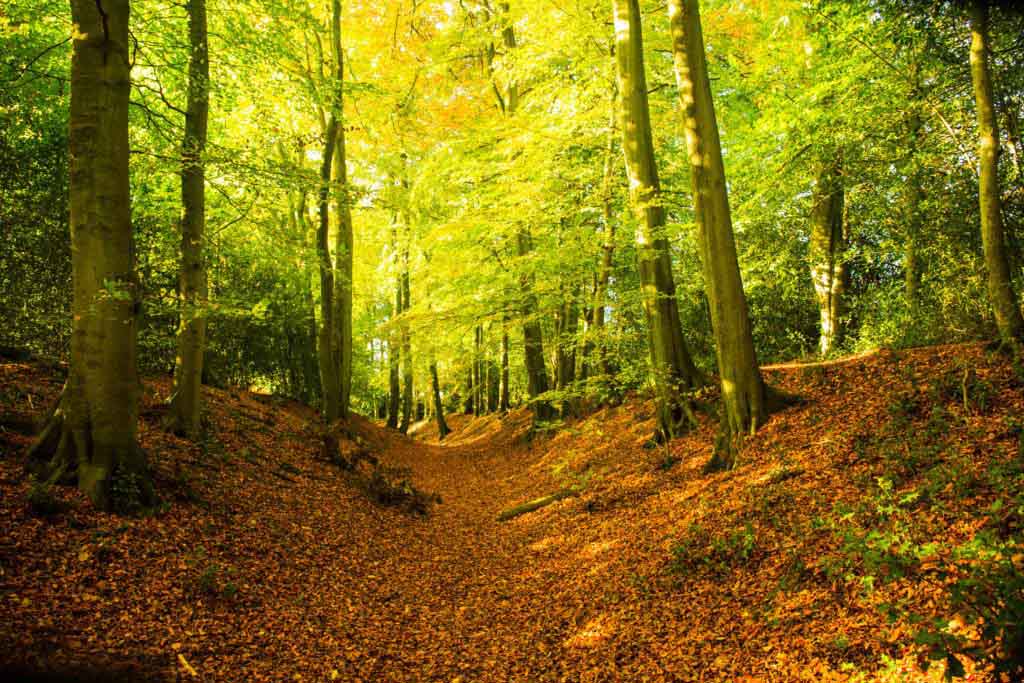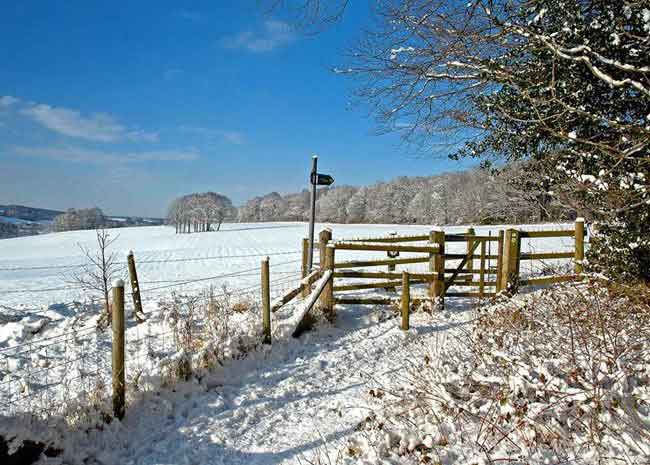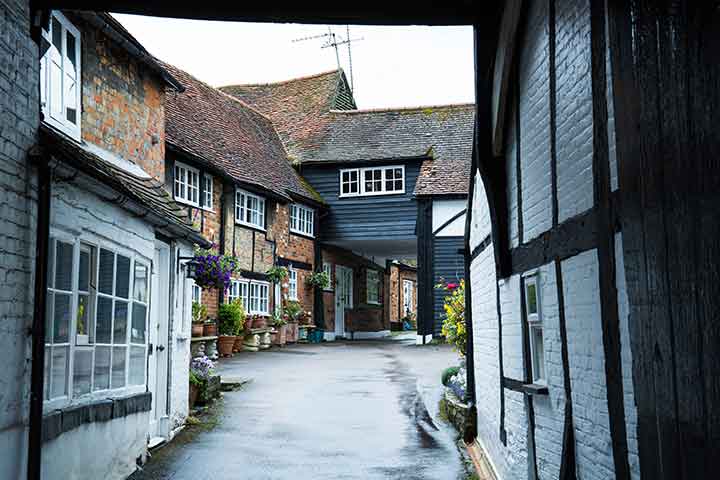We’re delighted to be supporting The Chilterns Conservation Board (CCB) in an exciting project which will engage and inspire communities to discover, conserve and enjoy the Iron Age hillforts of the Chilterns. The region has one of the largest collections of hillforts in the UK, yet many are poorly conserved, and little is known about them. We’re proud to be a partner in such a worthwhile undertaking. If you’d like to help us preserve these important historical features, please make a donation.
What are hillforts and what’s their relevance to the Chilterns?
Hillforts are earthworks constructed in many parts of England by our Iron Age ancestors. They were mostly used as places of refuge in times of trouble. The larger ones are surrounded by one or more defensive walls, enclosing an inner area where communities could keep themselves, their possessions and their livestock safe. At present we’re aware of 22 sites in the Chilterns. Although a few are well known and well preserved, the sites as a whole haven’t been researched as thoroughly as collections of such monuments elsewhere. What’s more, we believe there may be others waiting to be discovered.
Why are hillforts so important?
They’re virtually the only major constructions that have survived from this ancient time. Because they’re earthworks, they now form part of our modern day Chiltern landscape, adding to its diversity and beauty. Cholesbury Camp, one of the Society’s own sites, is a particularly impressive example. In Victorian times it was planted with beech trees, the intention being to preserve the earthworks from erosion. The trees are now mature and have created a beautiful shaded area for walking & recreation, the appearance of which changes with the seasons.
Why do they need protecting?
These earthworks are at risk in much the same way as the Chilterns in general. Some are so well known, or so close to urban areas, that they need protection from being over-visited. Those that are not well known are at risk from indifference, neglect and unintentional vandalism.
What is the project aiming to achieve?
There are four main goals:
- To survey and further research the known hillforts, looking for previously undiscovered prehistoric features in densely wooded areas using LiDAR* technology
- To improve the interpretation of the hillforts and their landscapes, encouraging people to visit and enjoy them responsibly
- To bring the Iron Age world to life through programmes of events an educational activities
- To undertake practical conservation work on known and newly identified sites
The project has already received Lottery funding, so why does it need financial support from the public?
The Heritage Lottery Fund works on the principle of match-funding, in which the Fund matches, pound for pound, money raised by other contributors. As one of the CCB’s key partners, we’re committed to helping them achieve their match-funding. Why? Because, by making a relatively small contribution over the four years of the project, we’ll be helping to bring a total of almost £1million into the Chilterns, to further our passion for conserving a vital part of our landscape and its heritage; and through the educational work, we’ll raise awareness of the importance of conserving the Chilterns for future generations.





